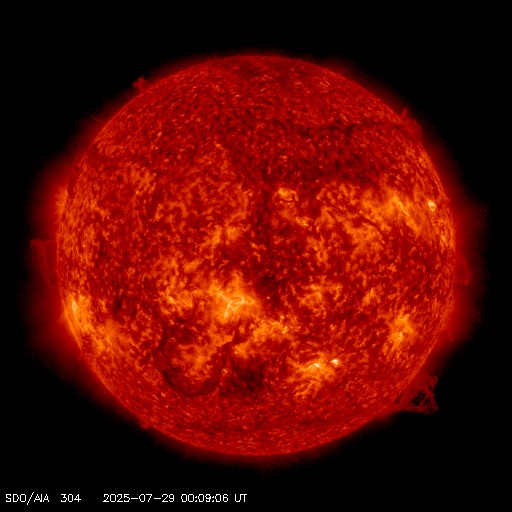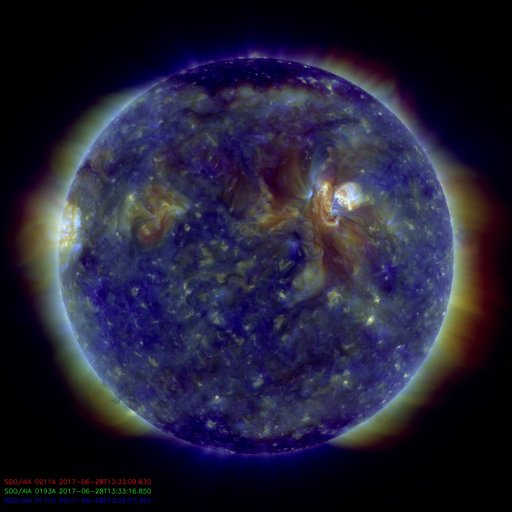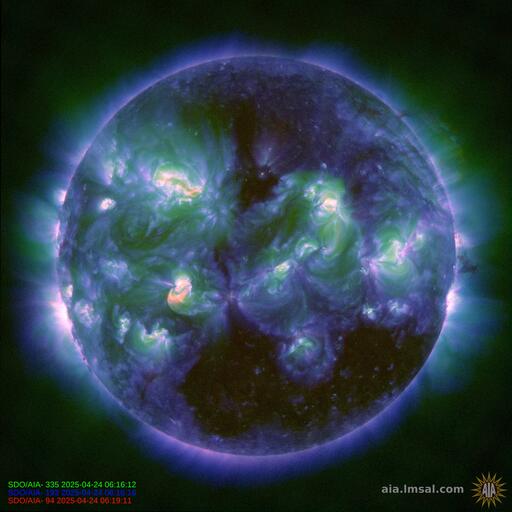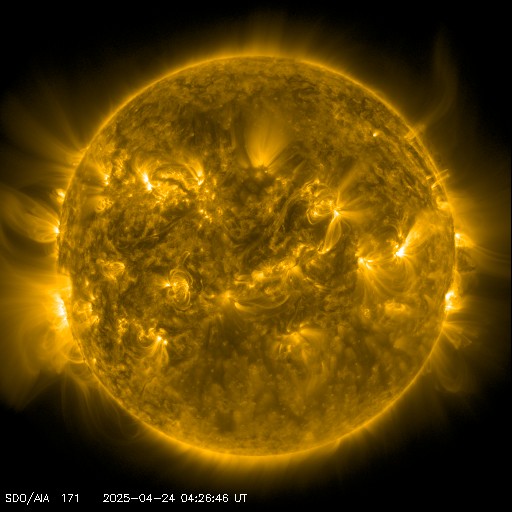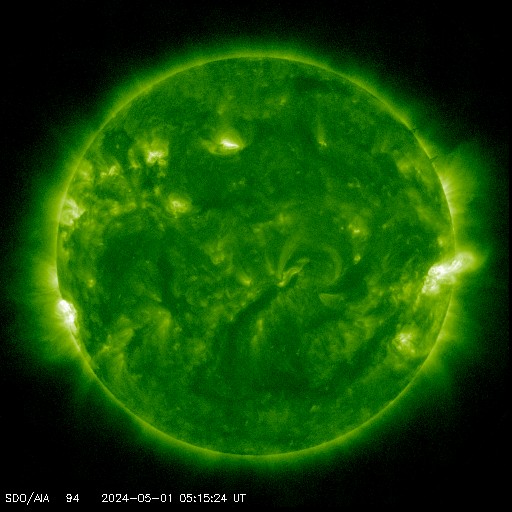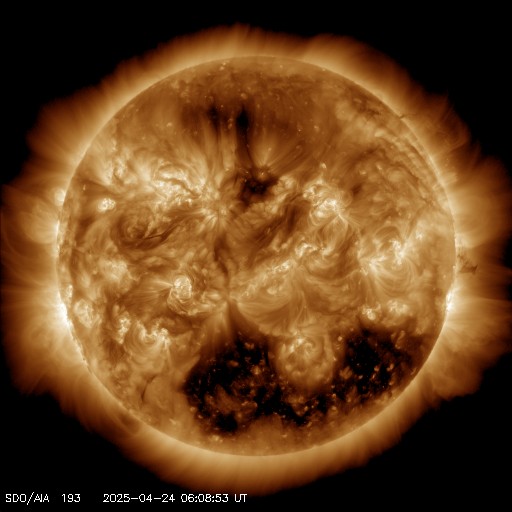This is the last time we will view a transit of Venus across the solar disk in any of our lifetimes. The next transit of Venus will not happen again untill December 11, 2117. The nearly 7 hour event can be seen in it's entierty from the western pacific, eastern Asia and eastern Austrailia. Other parts of the globe will be able to view part of the transit. You can view the transit live as NASA EDGE is brodcastsing the event here live Venus transit . The NASA EDGE team and the Sun-Earth Day team are broadcasting this last of a lifetime event live from the top of Mount Mauna Kea, Hawaii, through their partnership with the University of Hawaii Institute for Astronomy.
To the left of this post are images from SDO in varying wavelengths, as Venus began transiting across the solar disk today.
Below you can view a time-lapse video from SDO of Venus transiting the Sun today as well.

